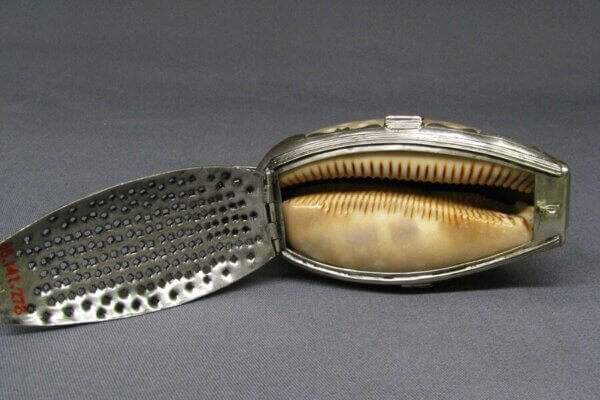Products are selected by our editors, we may earn commission from links on this page.
Once upon a time, making a meal meant breaking out some bizarre gadgets and getting elbow-deep in butter, flour, and grit. Forget about push-button blenders and pre-sliced veggies; back then, kitchen life was a mix of sweat, crank-turning, and highly questionable jellied foods. Let’s take a trip down memory lane and peek at 45 vintage kitchen tools that our ancestors wielded with culinary courage but that we rarely see today.
Butter Churn

Long before butter came wrapped in foil, people had to churn their own. The butter churn turned cream into butter, but it wasn’t for the faint-hearted.
Imagine standing there, pumping away for what felt like hours, just to get a bit of spread for your toast. Hardly a quick snack solution!
Now, it’s mostly a relic, found in museums or grandma’s attic, symbolizing the bygone days of hands-on food prep that’s gone the way of the dodo.
Food Mill
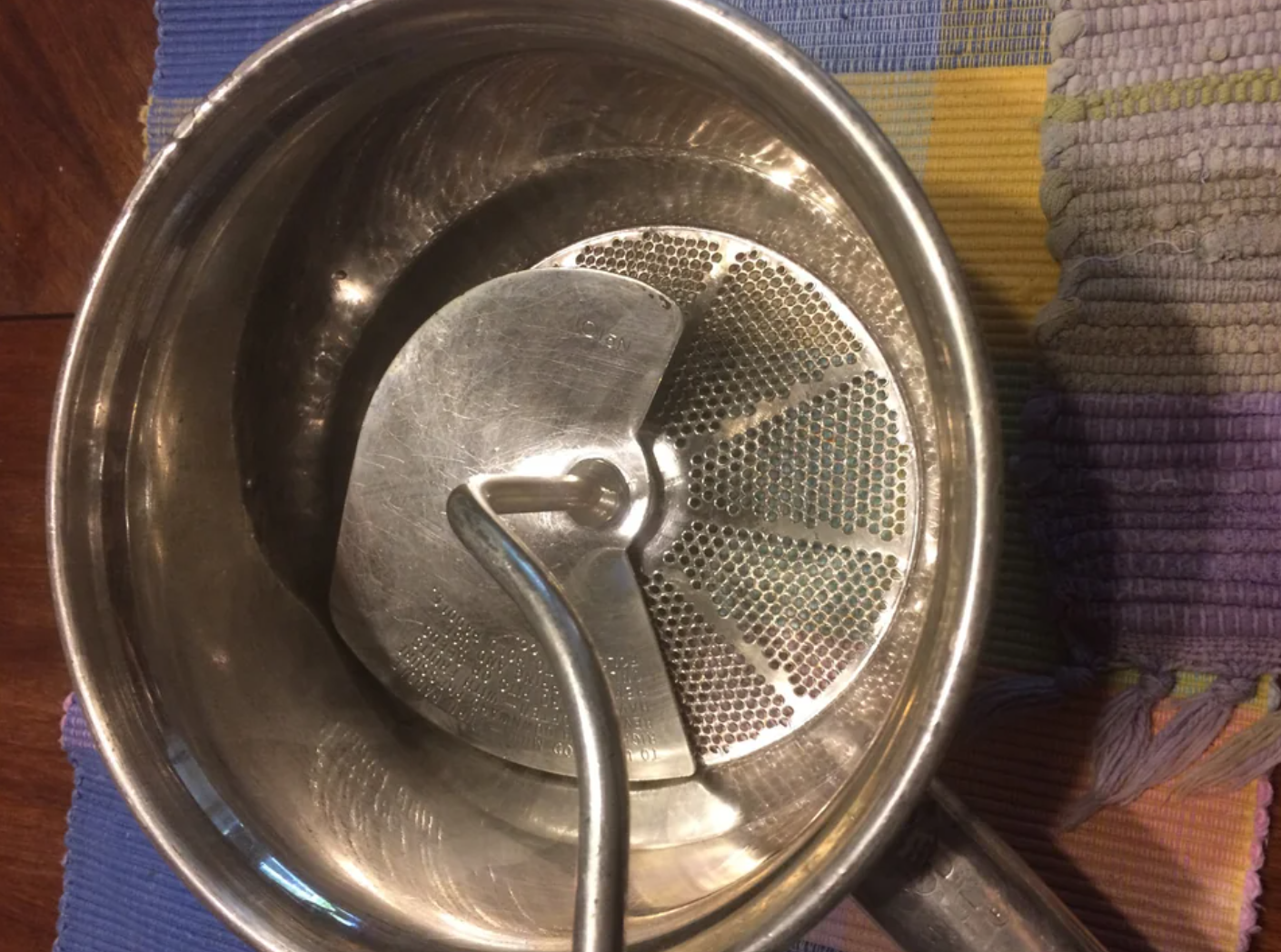
Once the king of smooth sauces, the food mill was the kitchen’s answer to the blender before electricity took over.
This crank-operated wonder required arm strength and patience, with cooks grinding away for smooth soups and sauces. No quick puree here—this was serious effort!
Nowadays, the food mill is rare, retired in favor of electric gadgets that do the job in seconds. But for some, it’s still a nostalgic piece of culinary history.
Enamelware
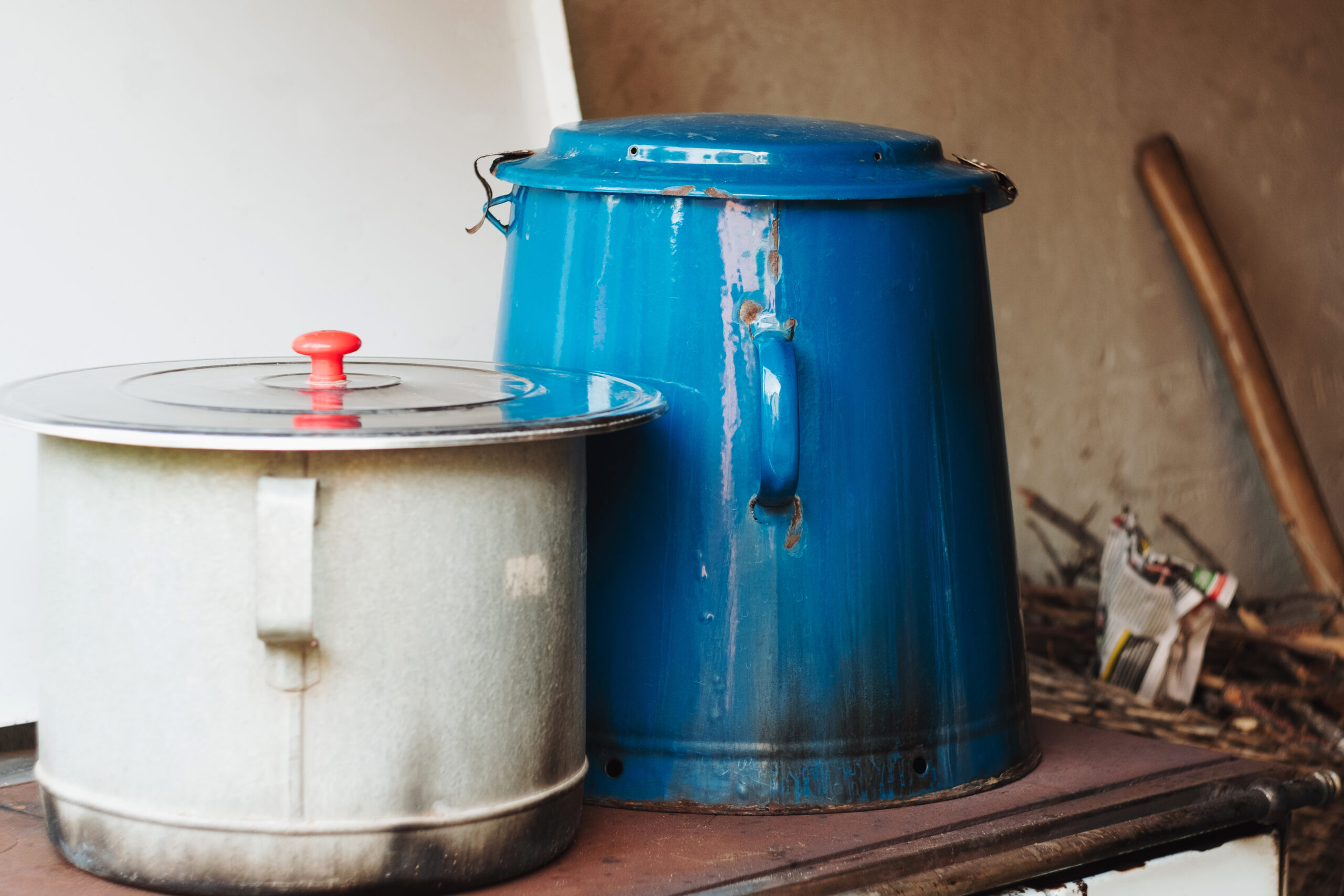
Enamelware was the original cabin-chic kitchenware, with a tough porcelain coating that made it durable and easy to clean.
It wasn’t just pretty, though; it resisted rust and stains, a real bonus in a time when dishes faced daily kitchen wars and water quality wasn’t great.
Today, it’s more decoration than function, replaced by non-stick and stainless steel. But nothing says “vintage kitchen” quite like a speckled enamel pot.
Jelly Molds

Jelly molds were all the rage when jellied salads and desserts were the height of sophistication, shaping food into intricate, wobbly works of art.
These metal or plastic molds turned simple gelatin into fancy desserts. Making a wobbly masterpiece took patience, a steady hand, and a little bravery.
While no longer a dinner table staple, jelly molds live on as quirky decorative items, reminding us that food presentation wasn’t always as straightforward.
Icebox

Before the fridge took over, the icebox was the only way to keep food cool, relying on large blocks of ice to stay chilled.
You had to replace the ice regularly, so it was more of a hassle than our self-contained fridges, but it did the job well enough back then.
These days, the icebox is a quaint symbol of early refrigeration, a throwback to when “running out of ice” was a real household crisis.
Mortar and Pestle
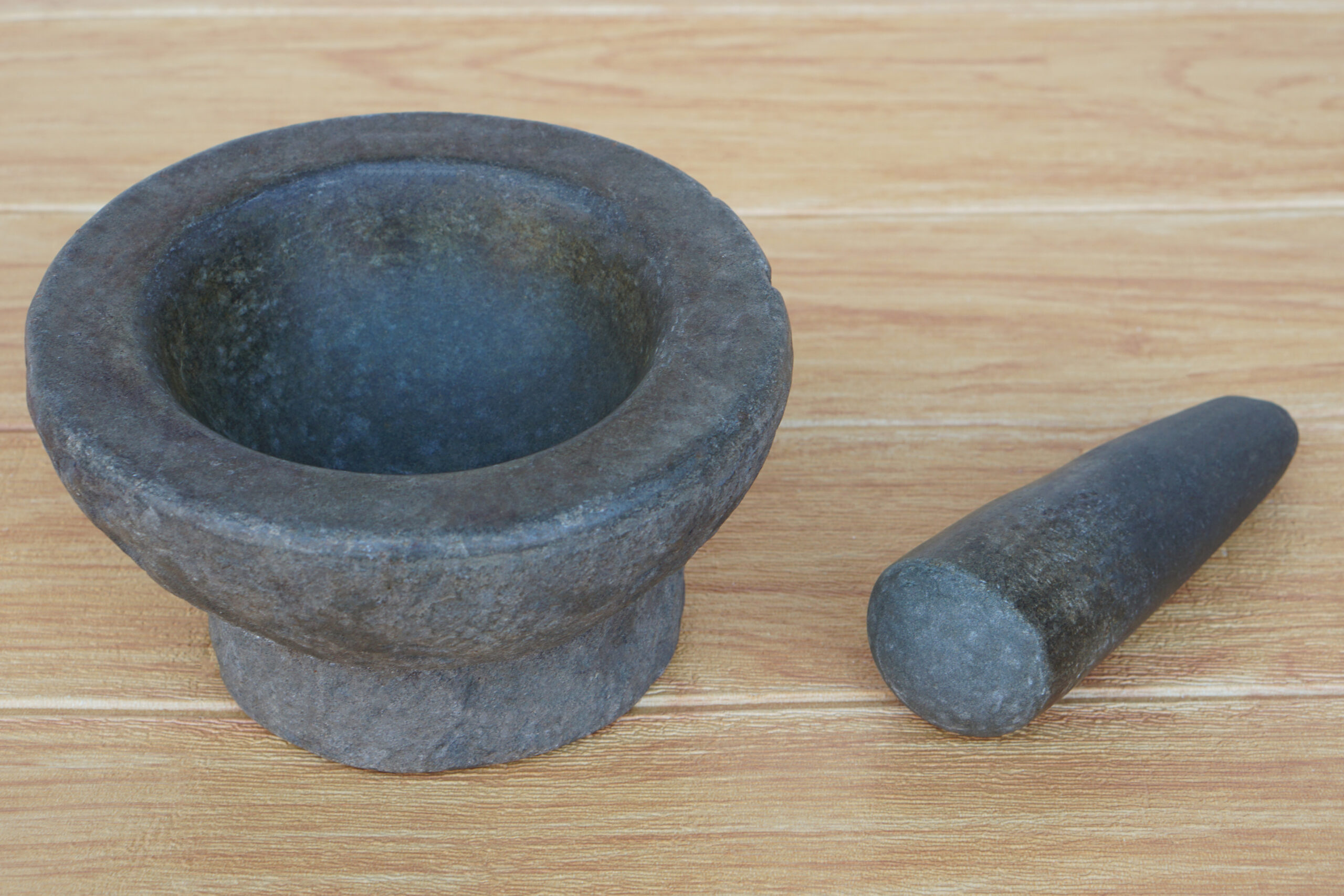
This ancient duo goes back thousands of years, making it one of the oldest tools for grinding spices, herbs, and other ingredients.
Why bother with a blender when you can get a serious arm workout? The grinding process releases flavors electric tools can’t quite capture.
For many, it’s still a kitchen essential, proving that sometimes, old-school methods pack more punch than their modern counterparts.
Bread Box
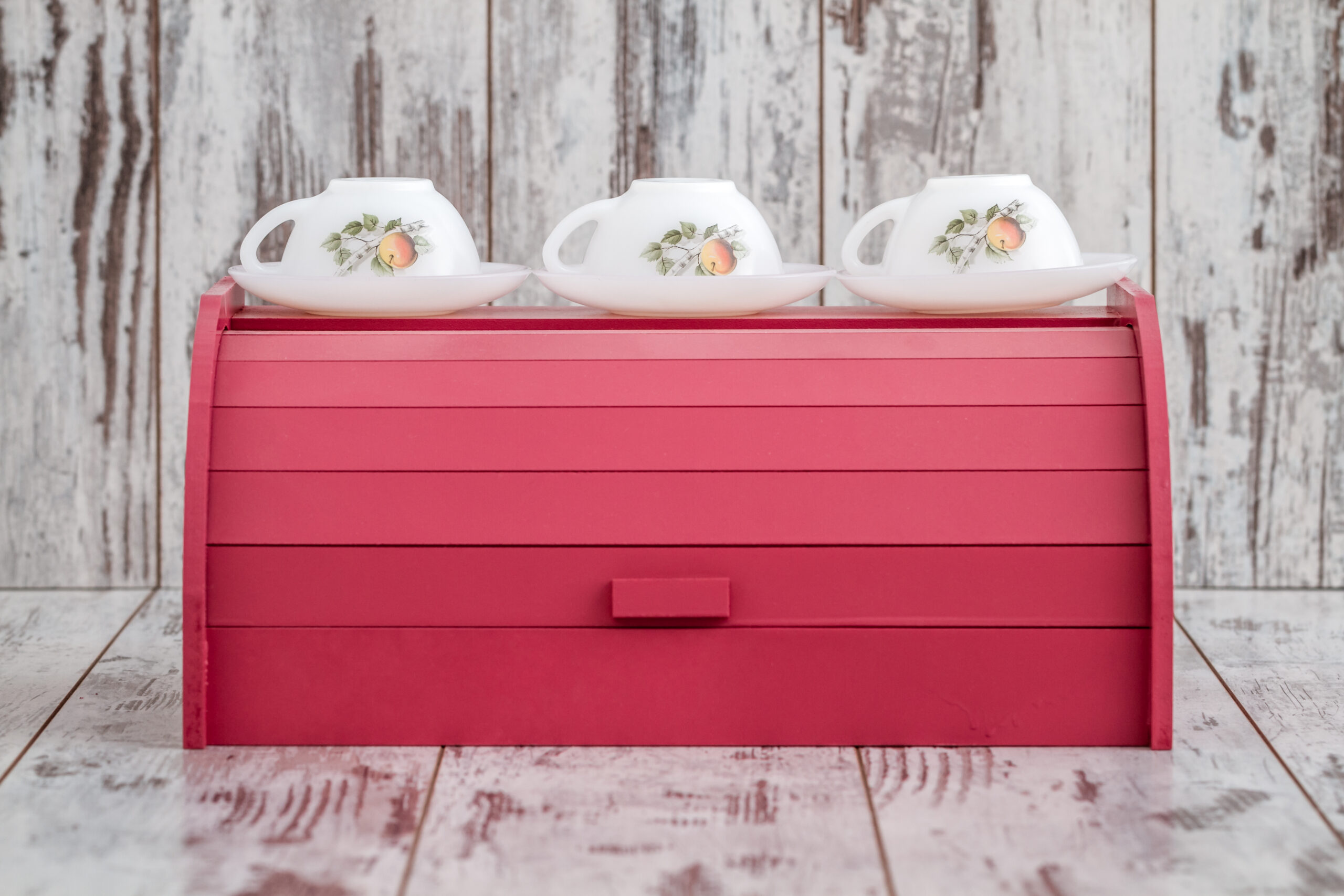
Bread boxes used to be essential, keeping loaves fresh in a time before plastic bags and preservatives were the norm.
They balanced airflow and humidity to prevent staleness or mold, an ingenious way to extend bread’s shelf life when “buy it fresh” wasn’t an option.
These days, bread boxes are mostly decorative, but their charming design keeps them on many countertops as a nod to simpler, crustier times.
Gravy Separator
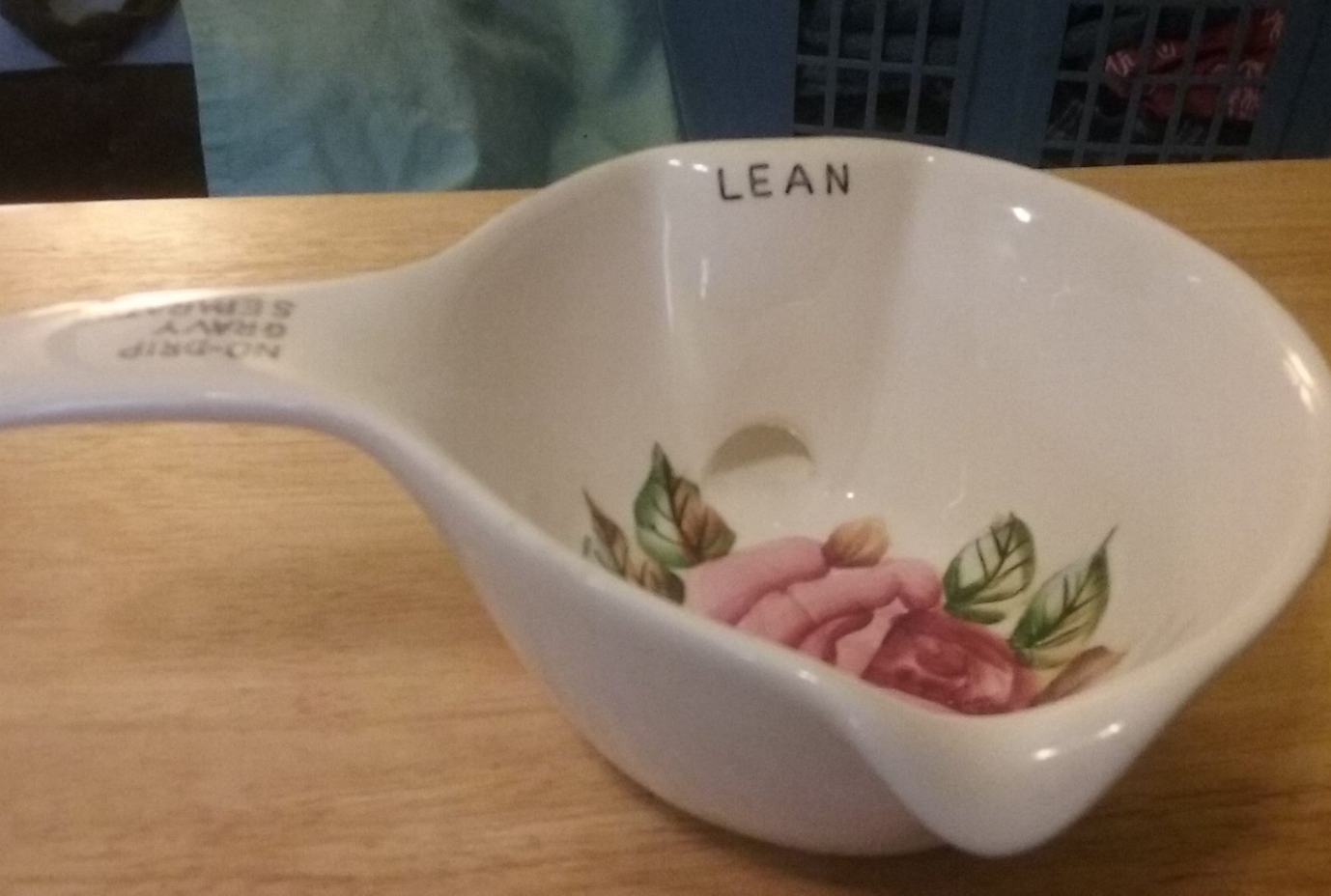
Gravy separators were the mid-century kitchen hero, deftly dividing fat from juices to achieve the perfect gravy without manual skimming.
While they still exist, advancements in culinary tech and a decline in gravy popularity have made them less common in the modern kitchen.
Now, if you want gravy, you can probably just buy it in a packet. But the gravy separator’s place in history remains secure.
Pastry Blender
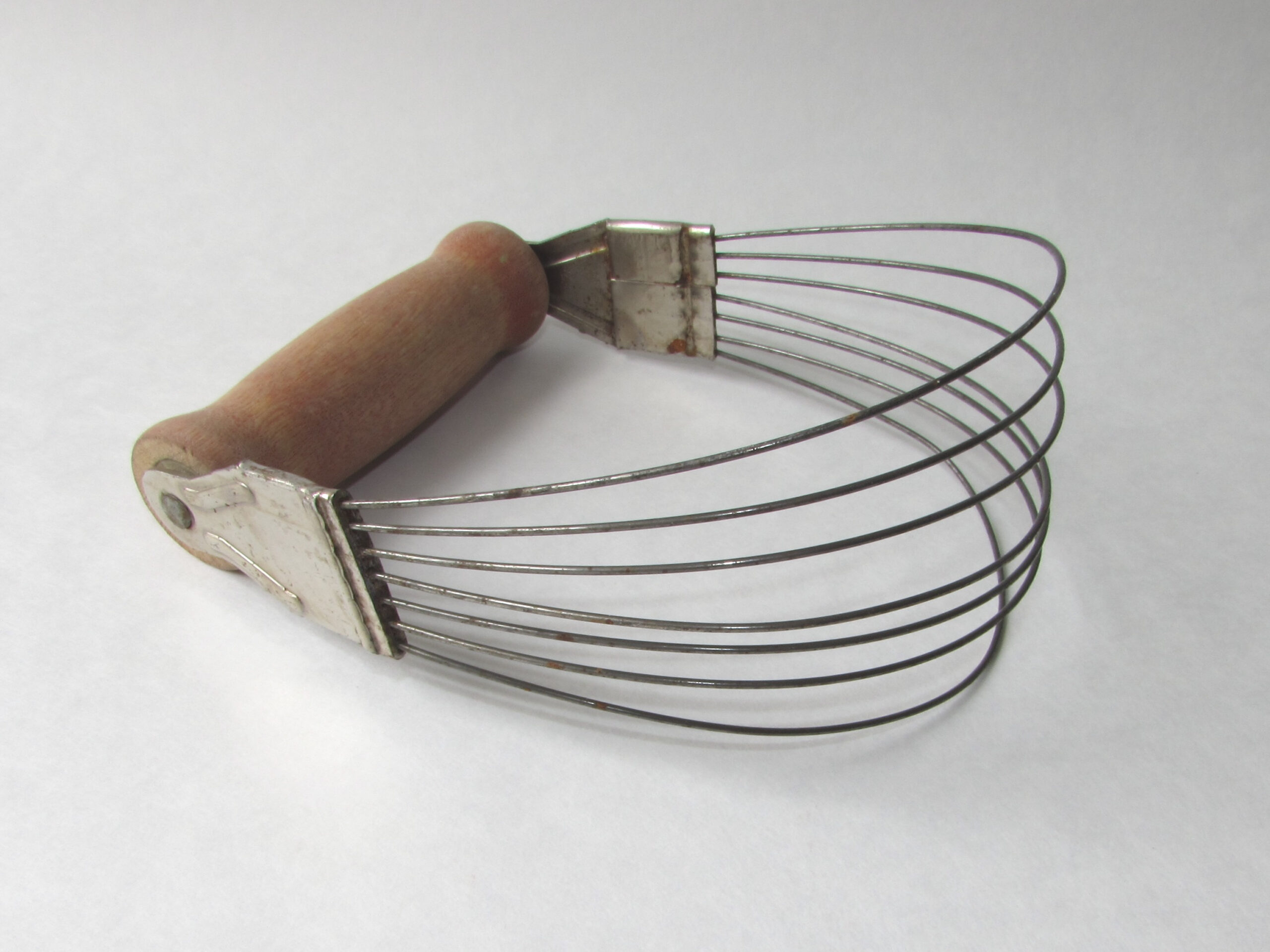
The pastry blender was a staple in every baker’s drawer, helping create that perfect flaky pie crust before food processors took over.
Using it took some skill and effort, which made pastries feel like a true labor of love—a delicious but challenging endeavor.
Today, many opt for electric mixers, leaving pastry blenders as quaint relics of a time when “homemade” meant rolling up your sleeves.
Milk Bottle

Milk bottles were once a daily fixture, delivered fresh by the neighborhood milkman, and have since been replaced by plastic cartons and jugs.
Their simple design and reusability made them eco-friendly long before sustainability was a trend, symbolizing a bygone era of daily milk deliveries.
While we rarely see them now, milk bottles still evoke nostalgia for a simpler, milkier time that’s mostly just found in vintage photos.
Butter Pat Press
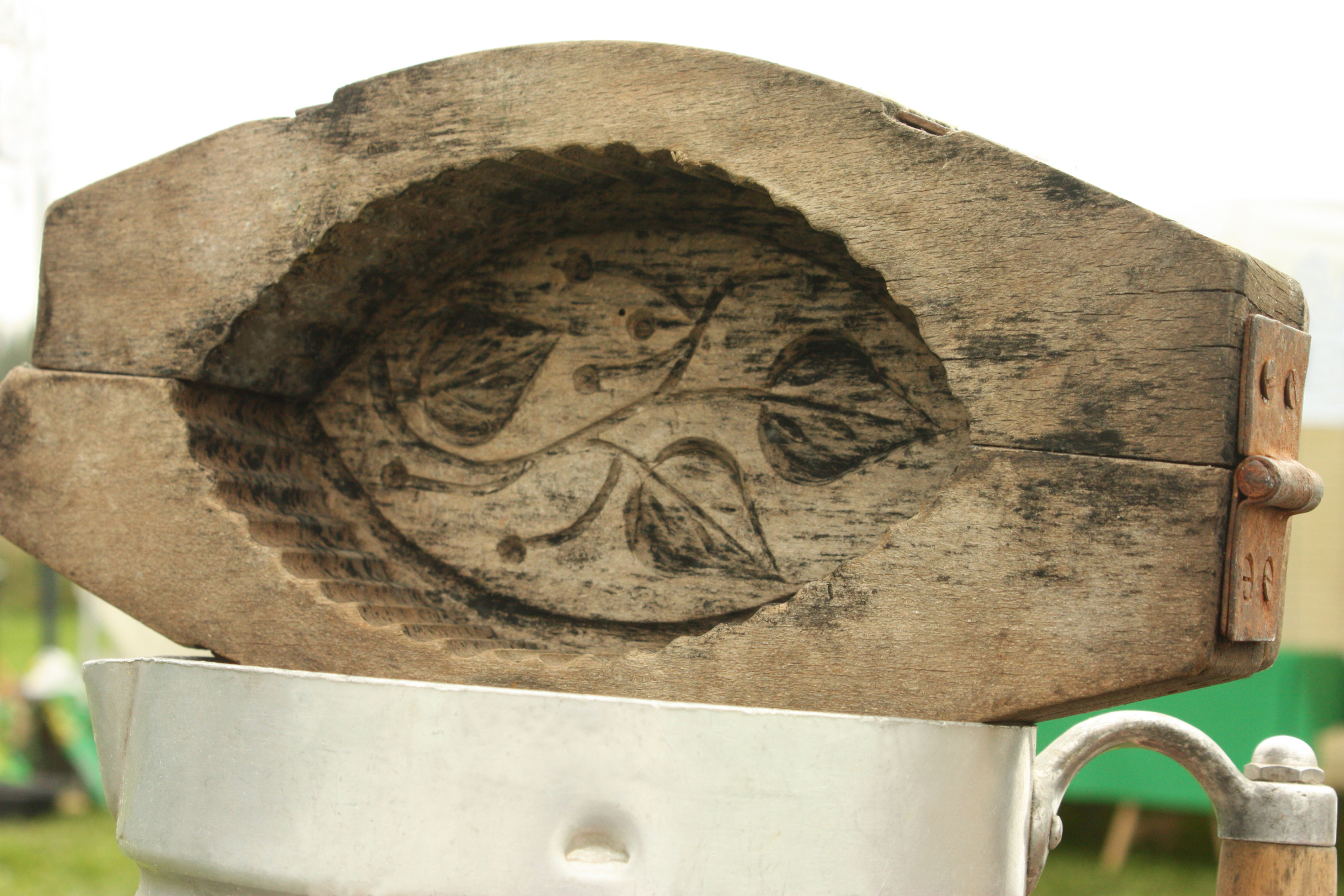
Butter pat presses turned plain butter into little masterpieces, stamping fancy designs into pats of butter for an extra touch of class.
They weren’t just functional—they made butter look like a luxury, an edible decoration for the table that wowed guests with minimal effort.
Today, they’re largely decorative or collector’s items, a reminder of when food presentation mattered even in the tiniest details.
Sugar Nippers
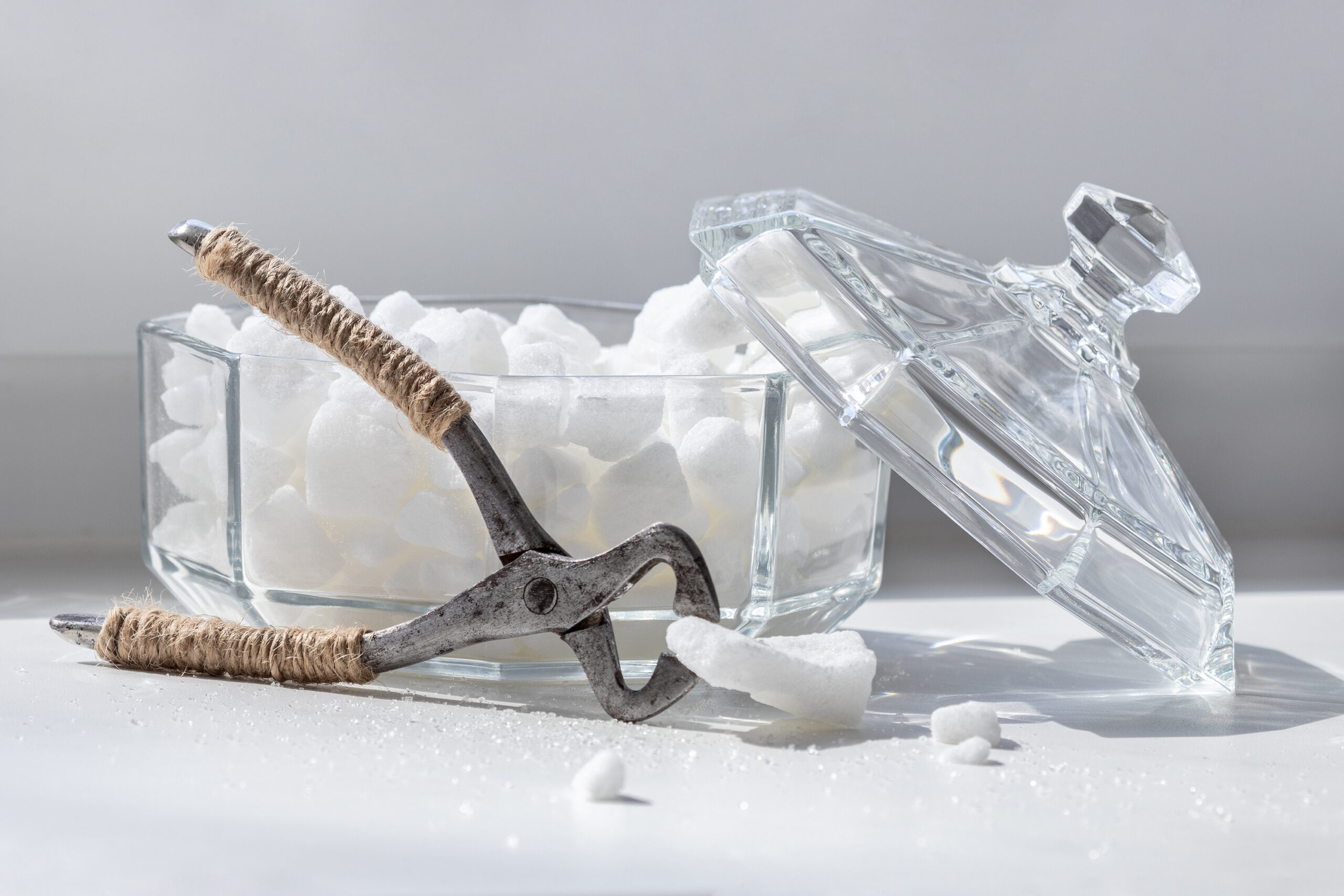
Sugar used to come in big cones, and breaking it down required a tool like the sugar nipper—basically kitchen pliers with serious grip.
These nippers let people chip off chunks for cooking and sweetening, a far cry from today’s convenient bags of pre-granulated sugar.
Now, sugar nippers are a relic of a time when even a spoonful of sugar required some elbow grease.
Pie Bird
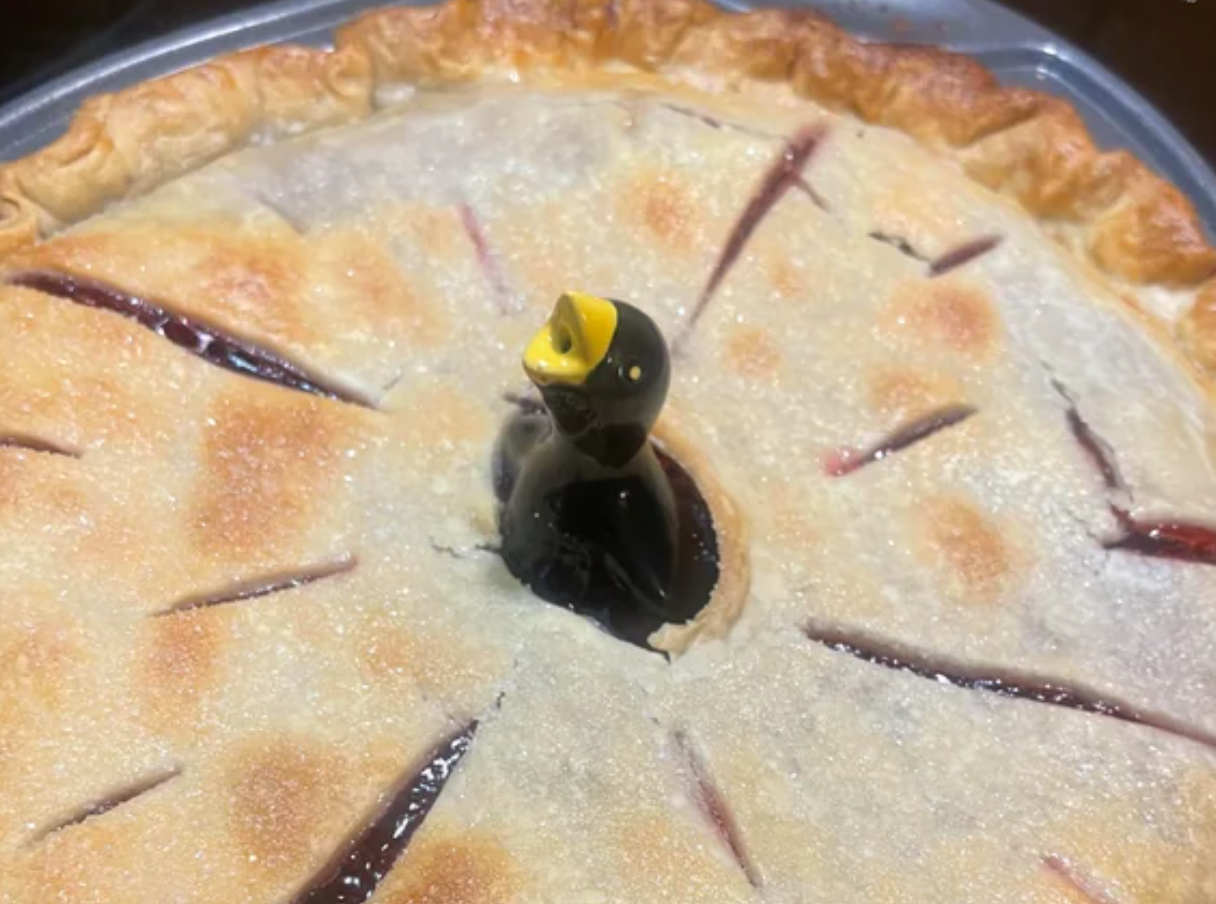
Pie birds served as steam vents for pies, preventing soggy crusts by allowing steam to escape through the bird’s beak.
Cute and practical, they kept pies from becoming a steamy mess, showing that even Victorian-era bakers loved a touch of whimsy.
Although modern pie-making methods make them unnecessary, pie birds still pop up as charming collectibles in antique shops.
Aspic Cutter
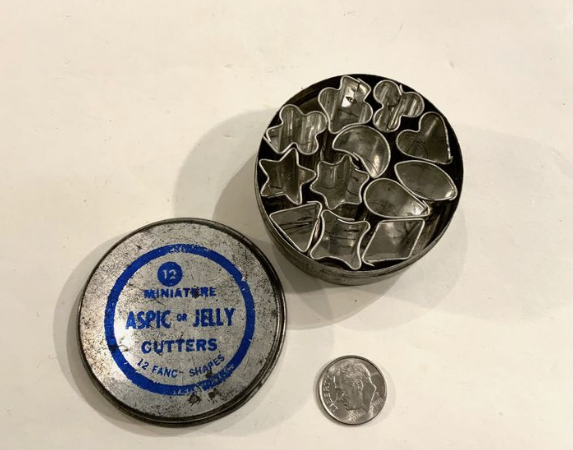
Aspic cutters were all about flair, cutting elaborate shapes into jellied dishes for presentations that seemed more art than food.
Aspic, a gelatinous dish encasing meat or veggies, was once haute cuisine, and the cutters added a flourish with every star or heart shape.
Though rare today, they represent a time when food was a showpiece, and a touch of drama on the dinner plate was expected.
Potato Ricer

The potato ricer doesn’t turn potatoes into rice but helps create fluffy mashed potatoes, giving spuds a unique texture and appearance.
Still sometimes used, the potato ricer works by pressing potatoes through tiny holes, making the perfect mash for those who appreciate a smooth spud.
While it’s not a kitchen must-have anymore, it’s a useful tool for texture fanatics who know mashed potatoes can always be a little fluffier.
Cherry Stoner
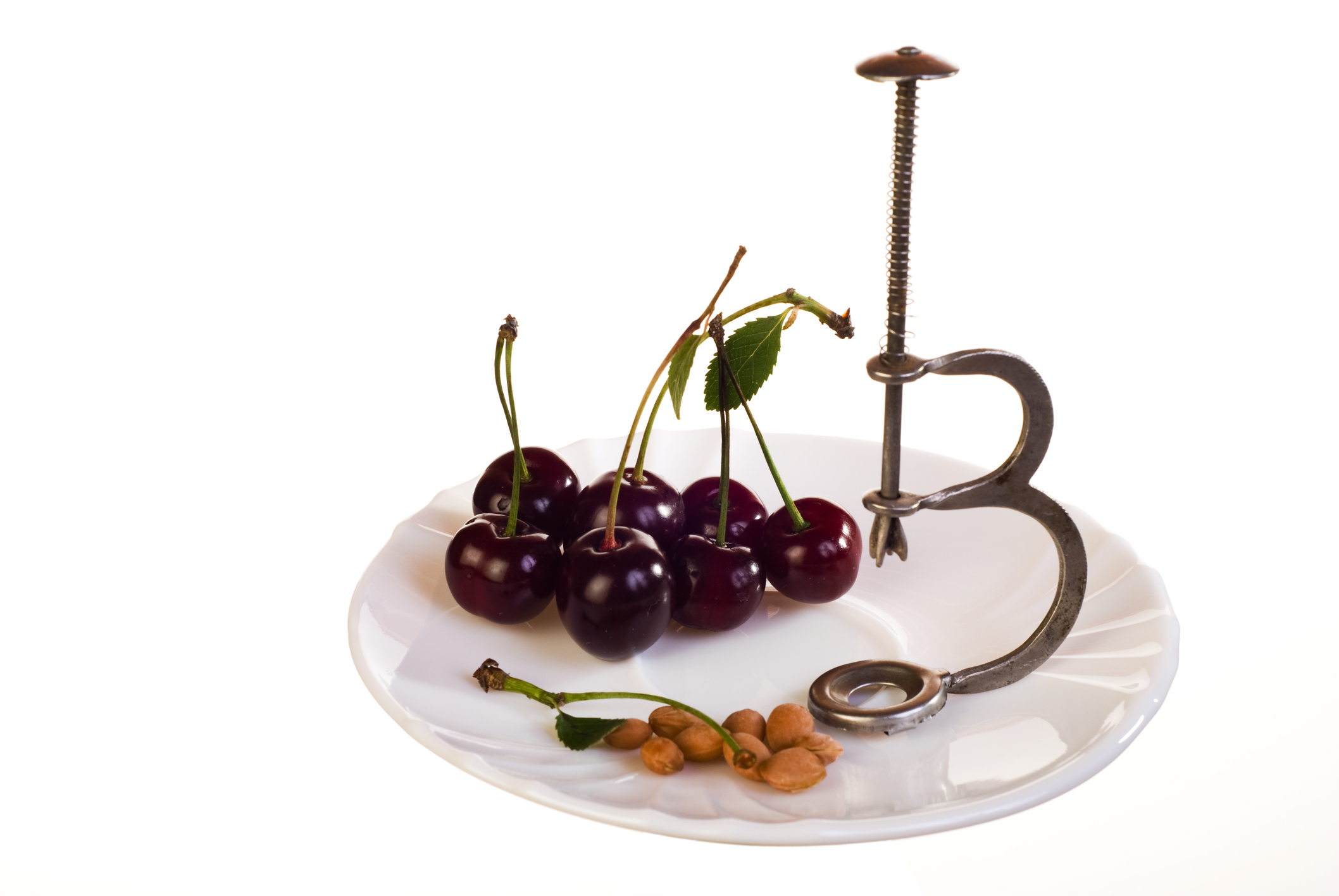
Cherry stoners once ruled the pie-baking world, allowing bakers to remove pits without pulverizing the fruit—an essential for cherry pie lovers.
With modern pre-pitted cherries, they’re less common, though they still have fans among traditionalists and gardeners dealing with freshly harvested cherries.
Nowadays, the cherry stoner is more curiosity than necessity, but there’s something satisfying about using one on a fresh batch of cherries.
Mouli Grater
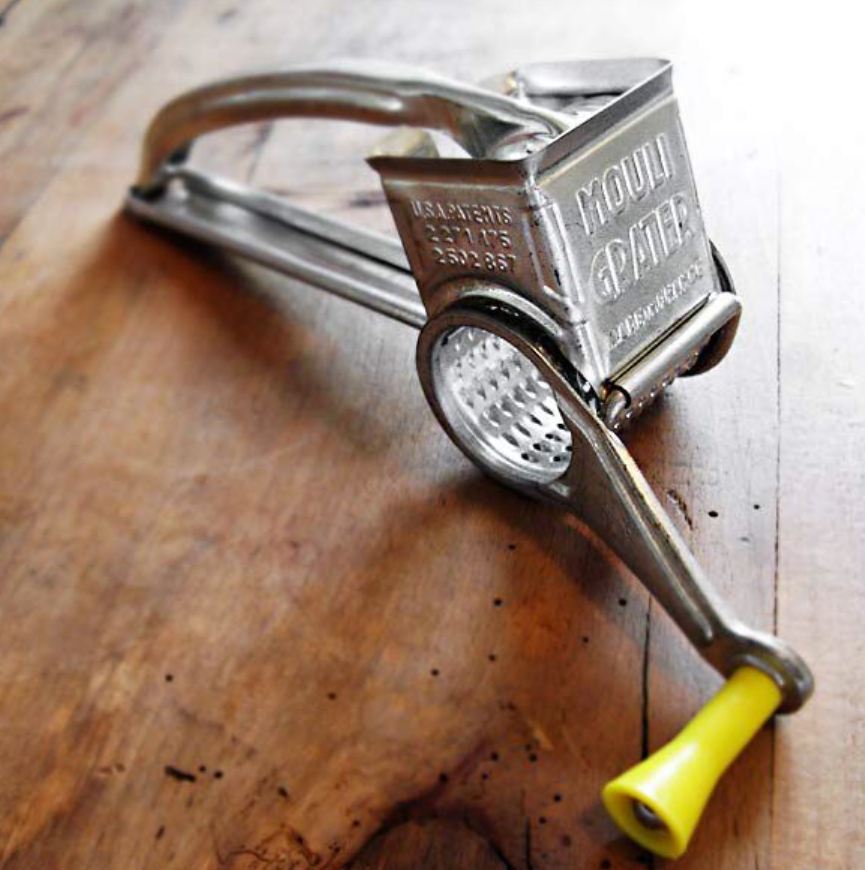
The Mouli grater was a hand-cranked, versatile tool that could handle cheese, veggies, and more—essentially the Swiss army knife of graters.
Its multiple interchangeable disks made it adaptable, and its design kept fingers safe, though it was hardly quick compared to today’s electric options.
These days, it’s mostly retired, though some swear by it for a nostalgic grating experience. Because nothing says “vintage kitchen” like a good crank.
Escargot Tongs and Forks
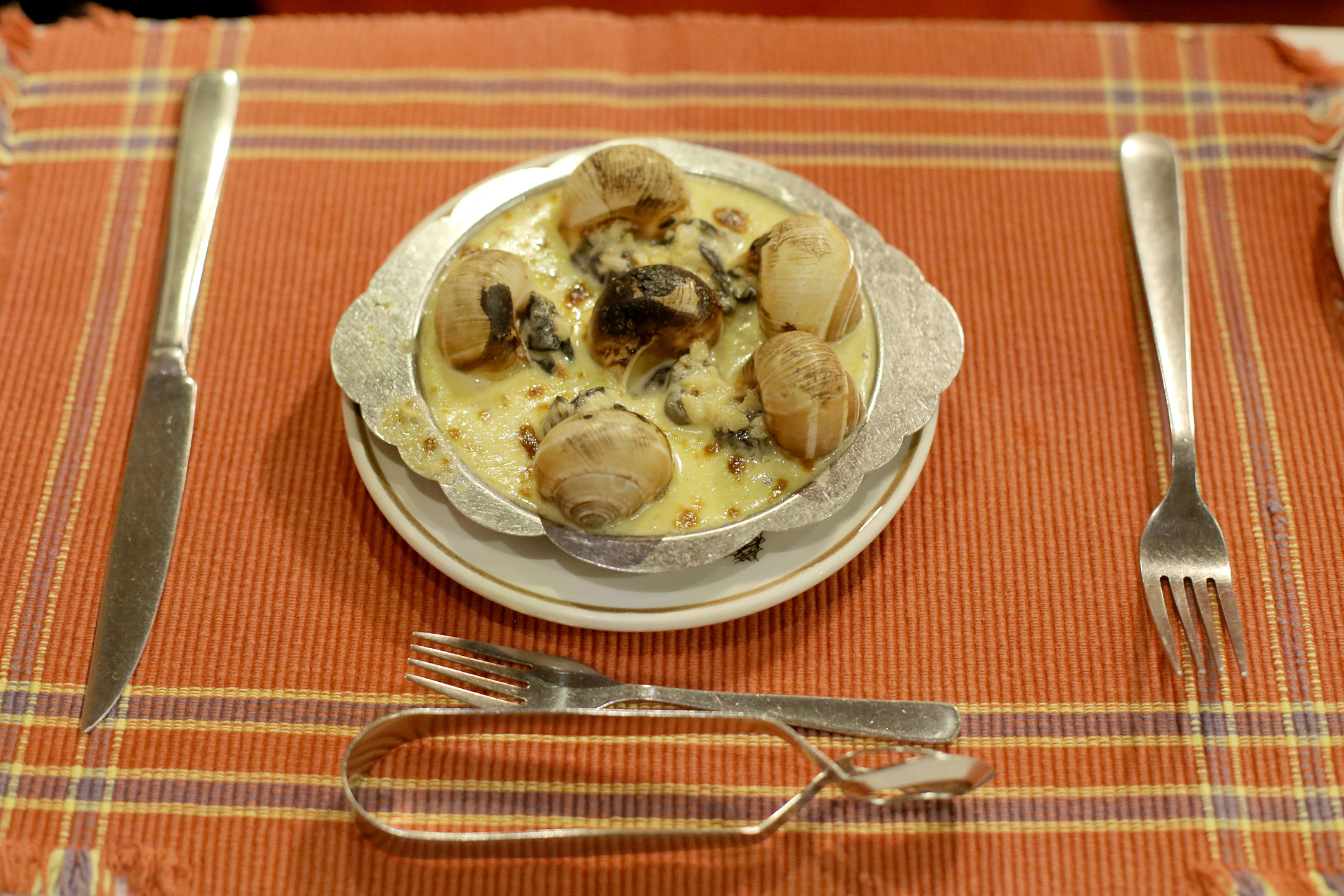
For those who enjoy a bit of snail, escargot tongs and forks made savoring this delicacy a little easier, especially at French-inspired dinners.
These tools helped diners grip and scoop snails with precision, bringing a touch of sophistication to the otherwise slimy affair.
Though now niche, they remind us of a time when French cuisine was all the rage, and no dinner was complete without a little escargot.
Toast Fork
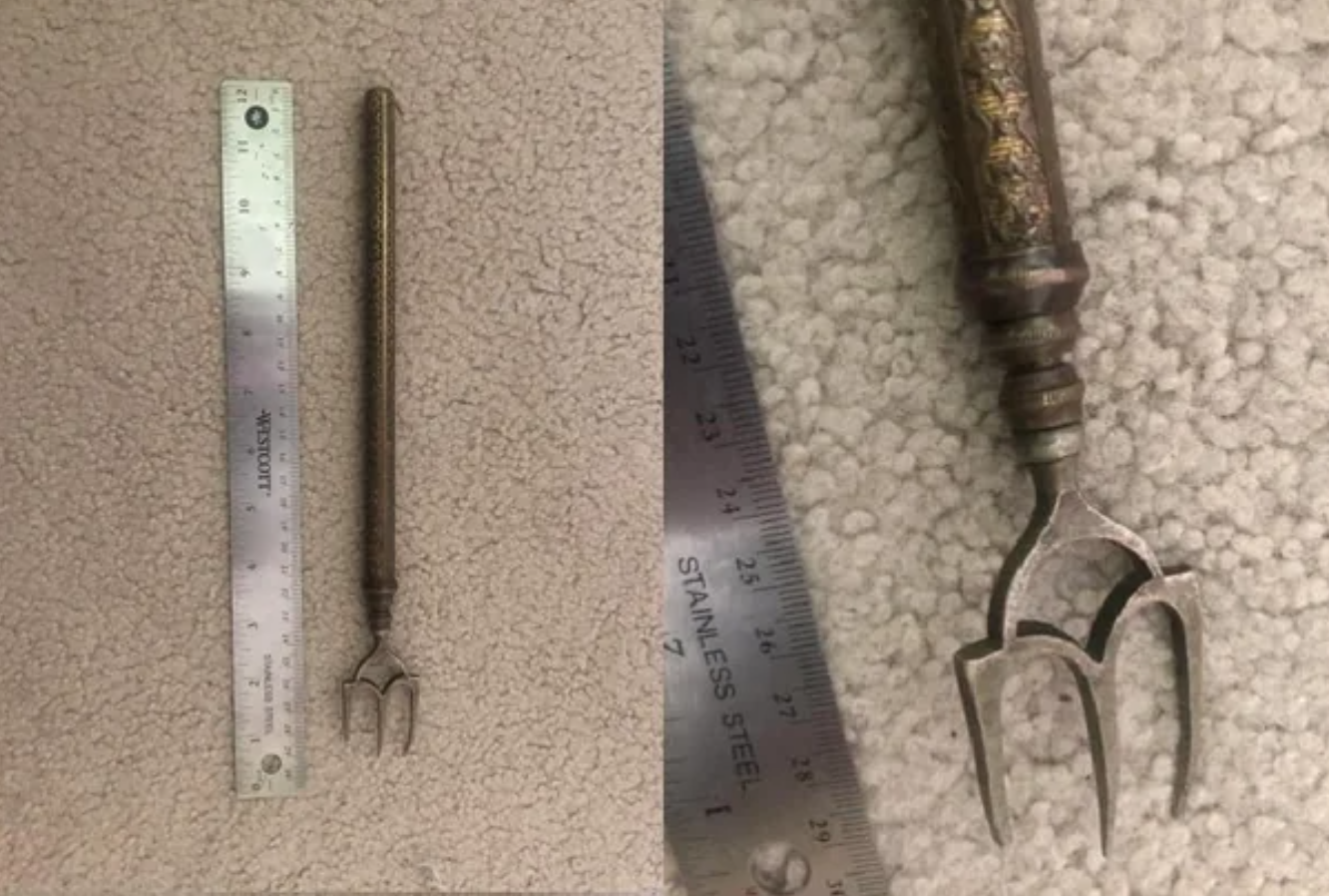
The toast fork let Victorians toast bread over an open fire, turning a slice of bread into a roasted delicacy with a few pokes and flips.
These forks, often extendable, gave families a way to make toast before electric toasters entered the scene, adding a rustic touch to breakfast.
Today, the toast fork is more of a curiosity than a utensil, a symbol of breakfast rituals that took a little extra time and effort.
Dumpling Press
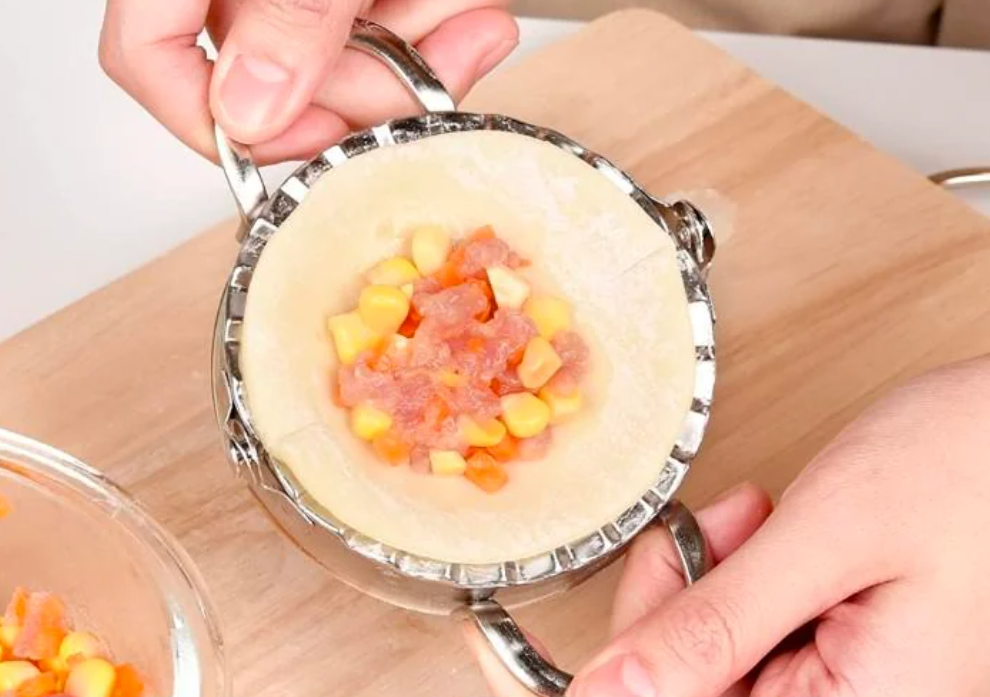
The dumpling press made sealing dumplings a breeze, replacing the skill of hand-crimping with a simple squeeze-and-seal motion.
It was a game-changer for dumpling lovers who wanted perfect results without years of practice in the kitchen, making uniform dumplings accessible to all.
While not a staple, it remains popular among those who cherish homemade dumplings, reminding us that some shortcuts are worth keeping.
Bean Slicer
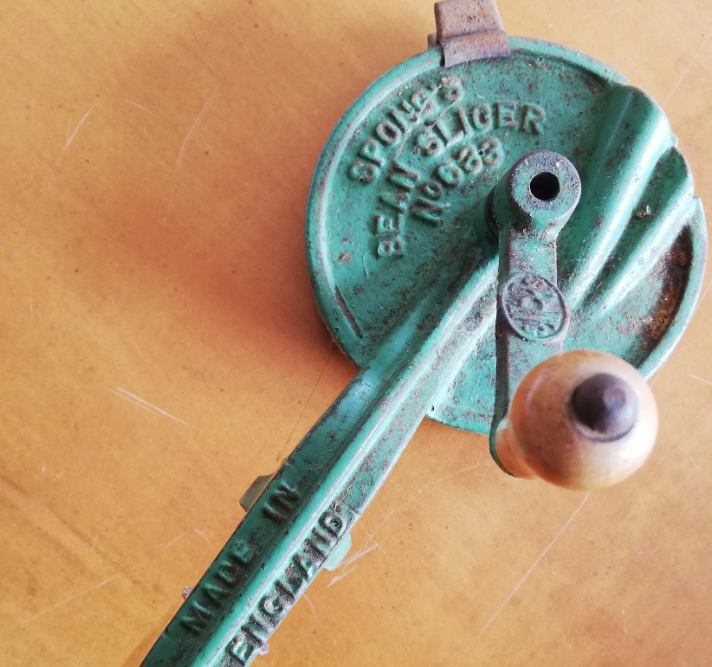
Back in the day, if you wanted sliced beans, the bean slicer had your back, letting you quickly turn whole beans into neat, uniform strips.
Perfect for canning or stews, the slicer provided consistent cuts without needing a knife, which was handy when bean-heavy recipes were more popular.
Today, the bean slicer is a forgotten relic, a reminder of a time when even the simplest vegetable had its own specialized tool.
Sardine Fork
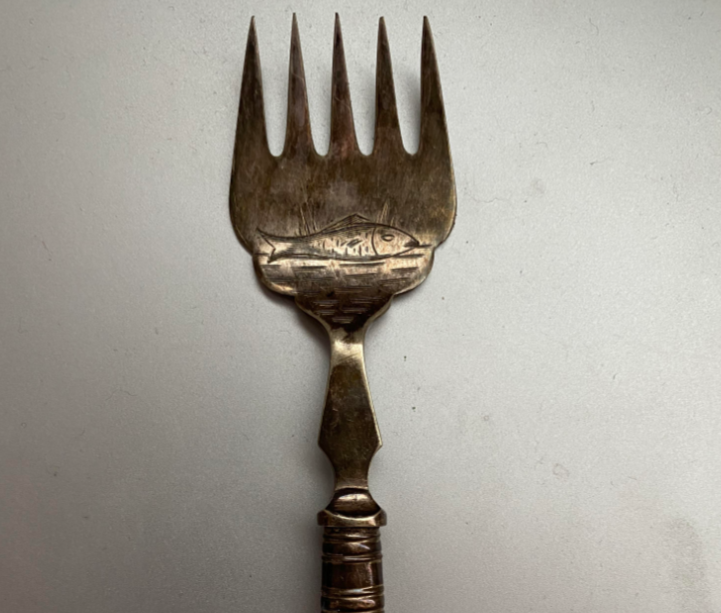
Sardine forks were designed specifically to transfer sardines from can to plate without breaking the fish, a surprisingly delicate operation.
Their flared tines allowed for gentle handling, protecting the sardine’s texture, which was apparently worth the extra utensil back then.
Now, they’re practically extinct, given our shift away from sardine-centric cuisine. But they hold a nostalgic charm for fish lovers of yore.
Duck Press
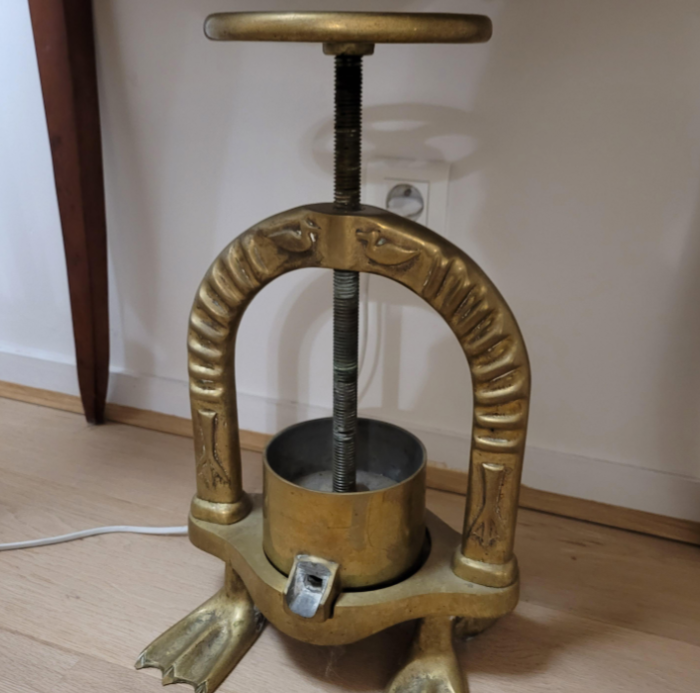
The duck press, with its little duck feet, was a macabre kitchen tool used to extract every last drop of juice from duck meat, bones and all.
Used in fancy French kitchens, the press turned out rich duck sauces by compressing the bird with merciless efficiency. It wasn’t for the squeamish!
Today, it’s a rarity, found only in high-end kitchens and antique shops, a testament to how far some cooks will go for flavor.
Asparagus Server
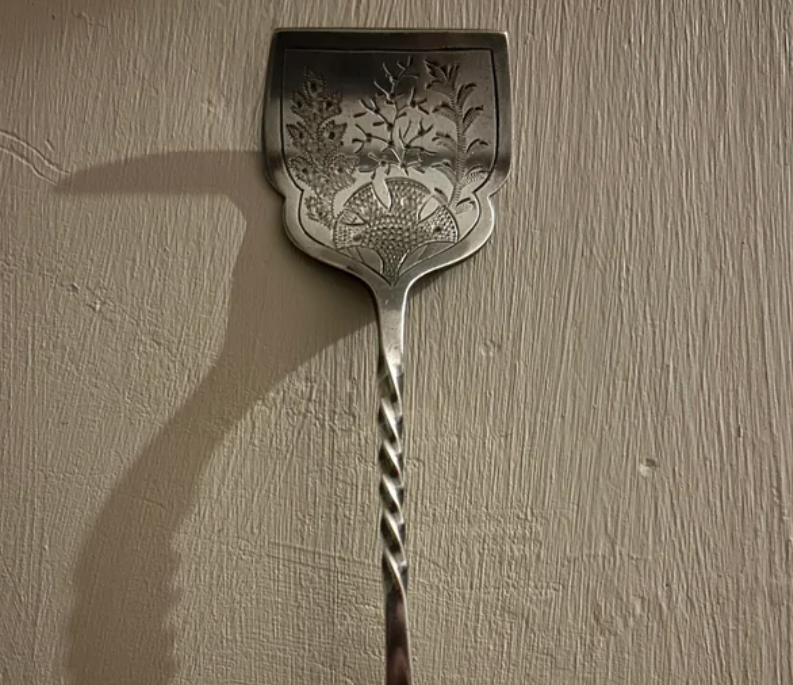
The asparagus server catered to diners who wanted their veggies served with class, offering a specialized tool to present these long green stalks with dignity.
Its unique design made it easy to serve asparagus without breakage or mess, perfect for a time when table manners were paramount.
These days, asparagus servers are seldom seen, yet they’re a stylish relic from when even side dishes warranted their own tools.
Egg Coddler
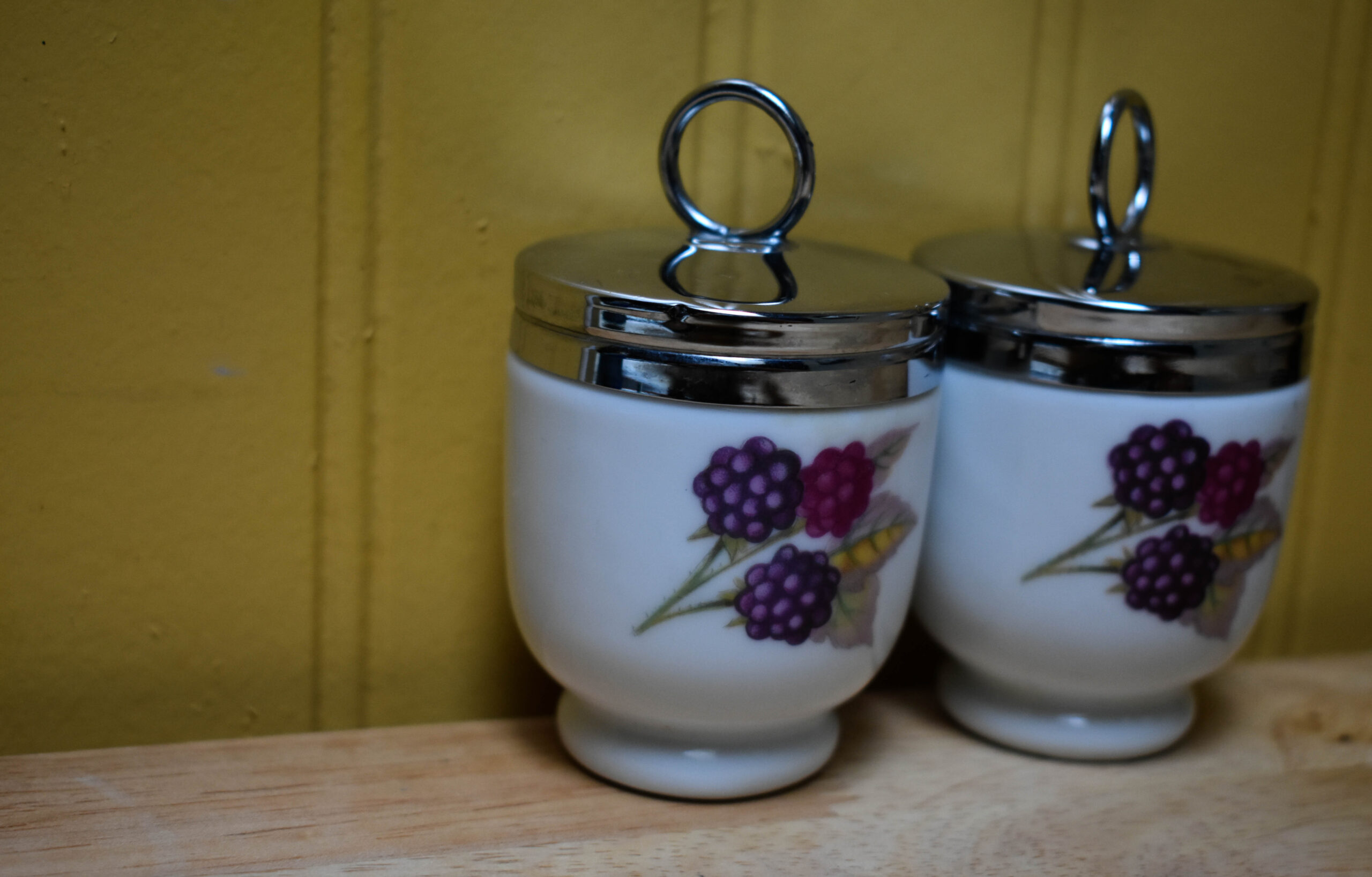
Egg coddlers were little cups that allowed cooks to poach eggs gently without direct contact with water, creating perfectly soft, tender results.
You’d butter the inside, drop in an egg, and let it cook in boiling water—no soggy eggshells here, just velvety coddled eggs.
Now, they’re mainly collector’s items, a quaint echo of culinary times when breakfast could be both a slow ritual and an art.
Clam Knife
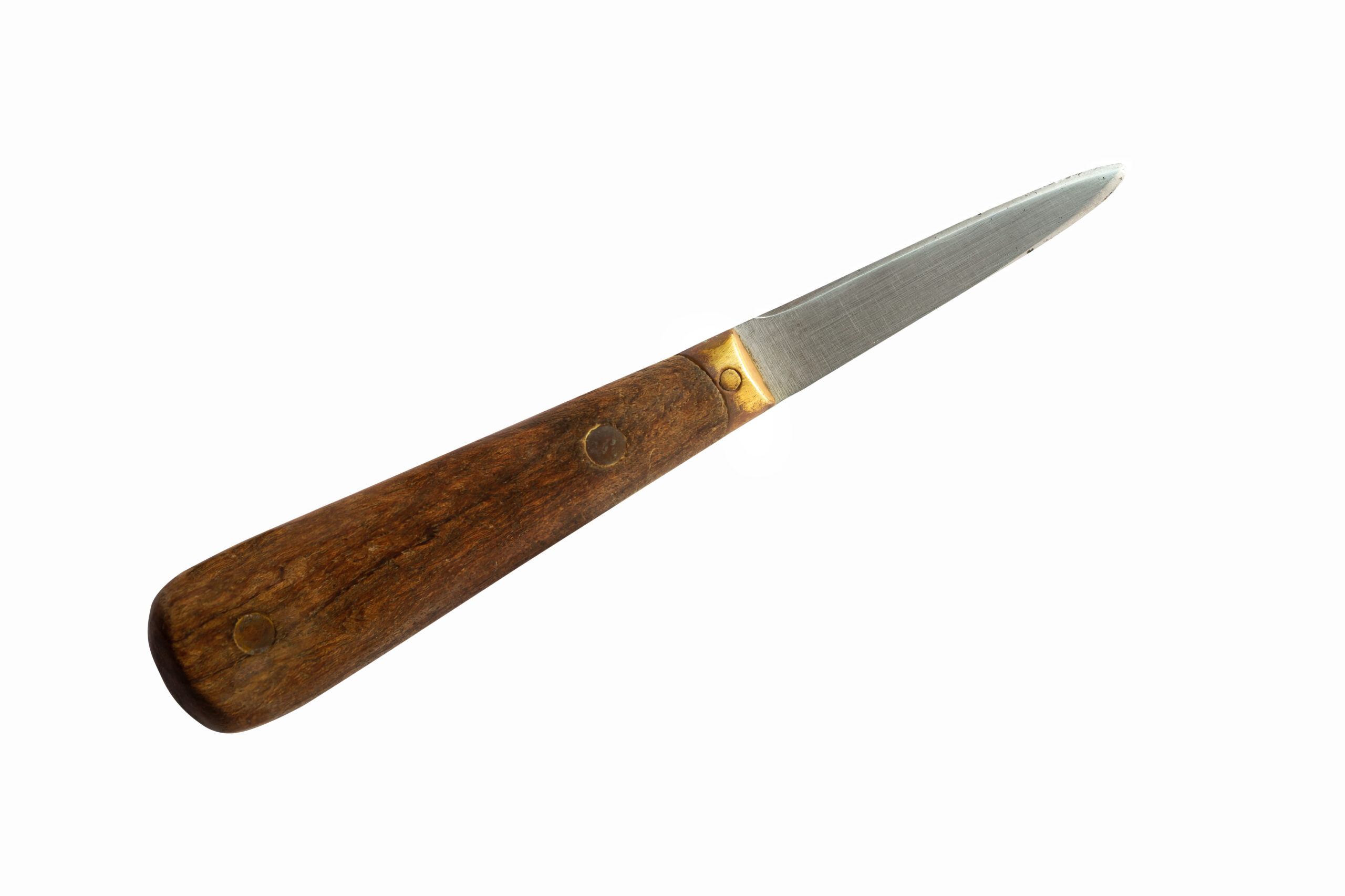
The clam knife, with its blunt edge and narrow blade, was purpose-built to open clams without endangering your fingers or wrecking the shell.
It made clam prep manageable, which was important back when clams were a kitchen staple. Shellfish fans would be lost without it!
Nowadays, it’s a specialty tool, loved by seafood enthusiasts and rare in most kitchens. But clam knives still make appearances where seafood reigns supreme.
Cake Breaker
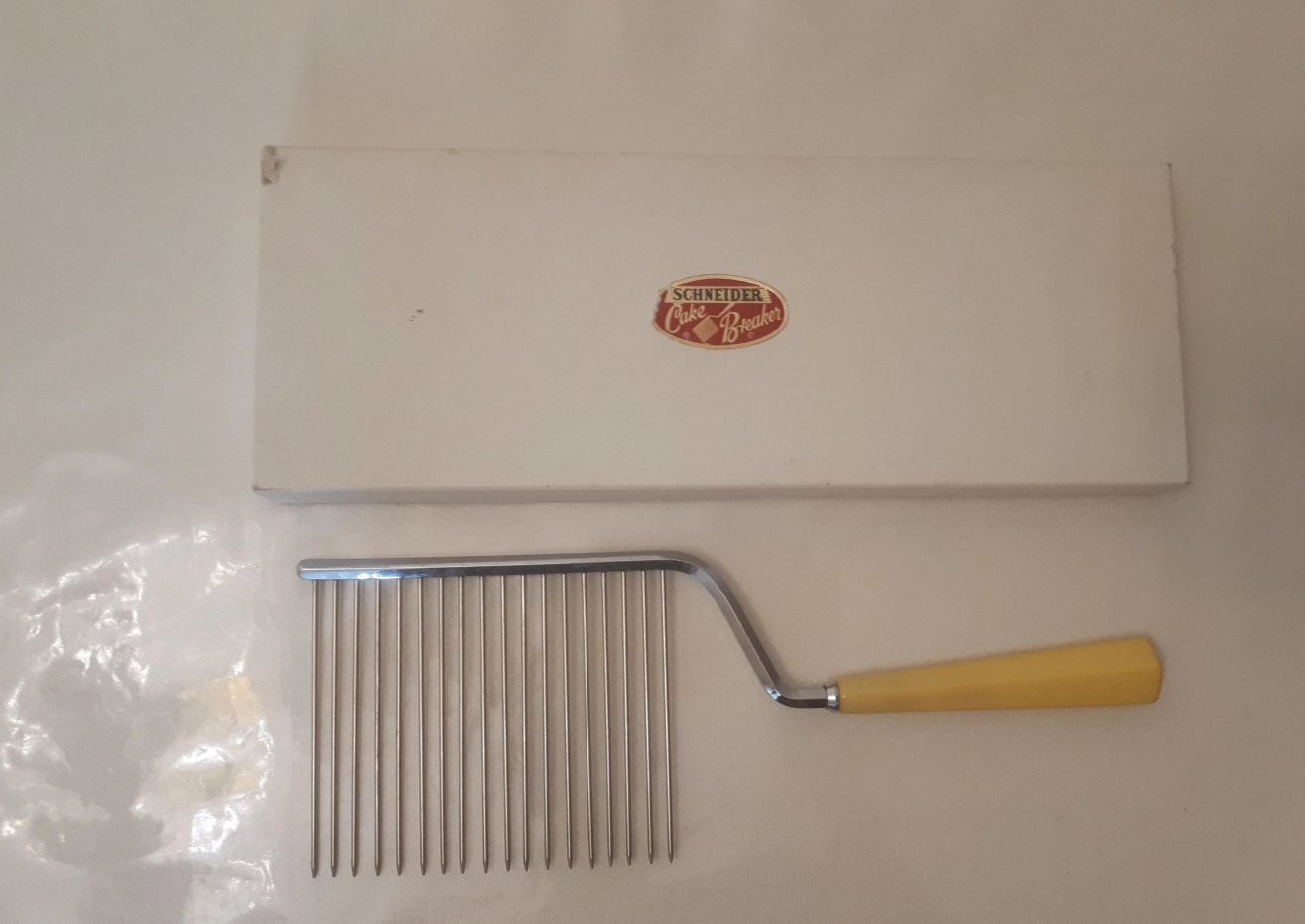
The cake breaker looked like a comb but was designed for cutting delicate cakes without smashing them, perfect for “angel food” and other fluffy treats.
Its fine, spread-out tines sliced gently through soft textures, leaving cakes intact and beautiful—a baker’s best friend in the 1930s.
Though we mostly use knives now, this tool’s legacy lives on, proving that sometimes, one job calls for just the right tool.
Chocolate Pot
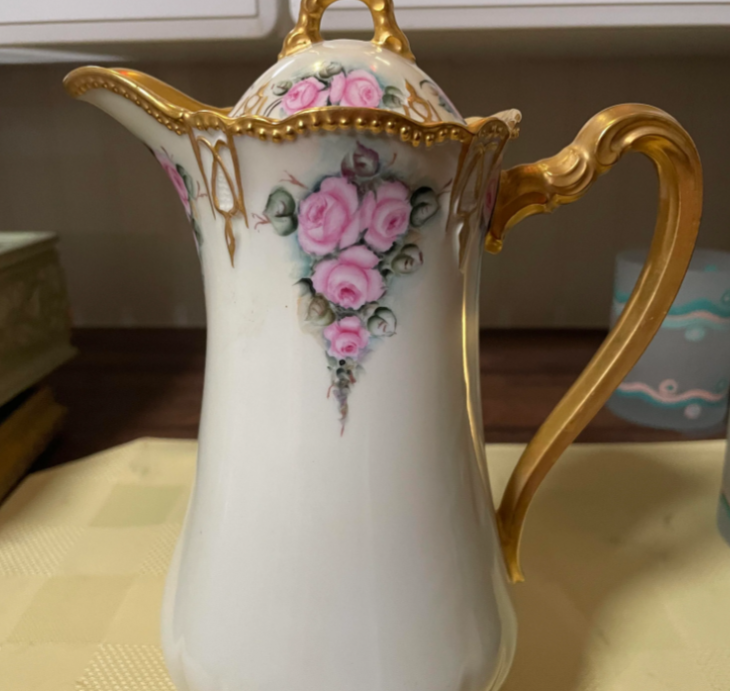
The chocolate pot was a special vessel for preparing hot chocolate, a beloved drink back when chocolate was more of a luxury than a quick fix.
It resembled a coffee pot but had a dedicated space for stirring, creating the perfect cup of hot cocoa—a true hot chocolate enthusiast’s dream.
Today, it’s mostly a nostalgic reminder, but some still treasure these pots as symbols of indulgent, chocolatey comfort.
Rumtopf Jar
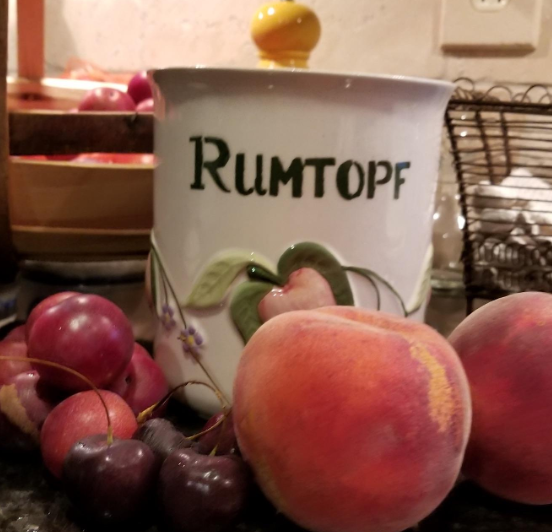
The Rumtopf jar, translating to “rum pot,” was a German delight used to make a fruit-and-rum dessert by preserving fruit in sweetened rum.
This dessert took patience, as it needed to sit for weeks, letting the flavors meld into a boozy, fruity treat for special occasions.
While uncommon now, the Rumtopf jar still has fans among those who appreciate a slow, boozy dessert and the old-world charm it brings.
Corn Cutter
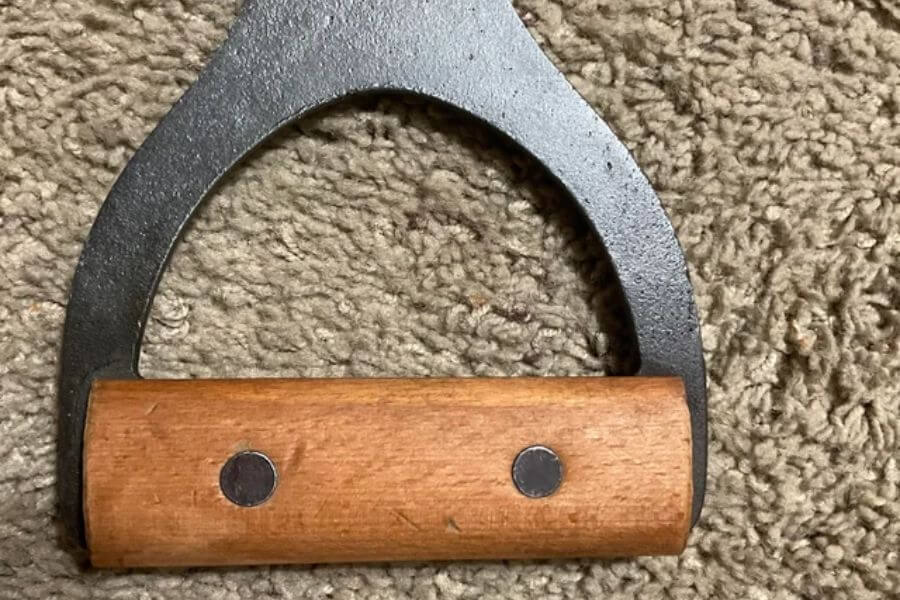
Corn cutters were once essential for anyone who wanted to strip kernels from the cob quickly, making corn prep a breeze without relying on a knife.
With a simple swipe, it removed rows of kernels, ready for canning or cooking, perfect for farms or home kitchens with fresh corn aplenty.
Today, it’s mostly retired, a testament to the time when even humble corn had its own dedicated tool in the kitchen arsenal.
Spice Box
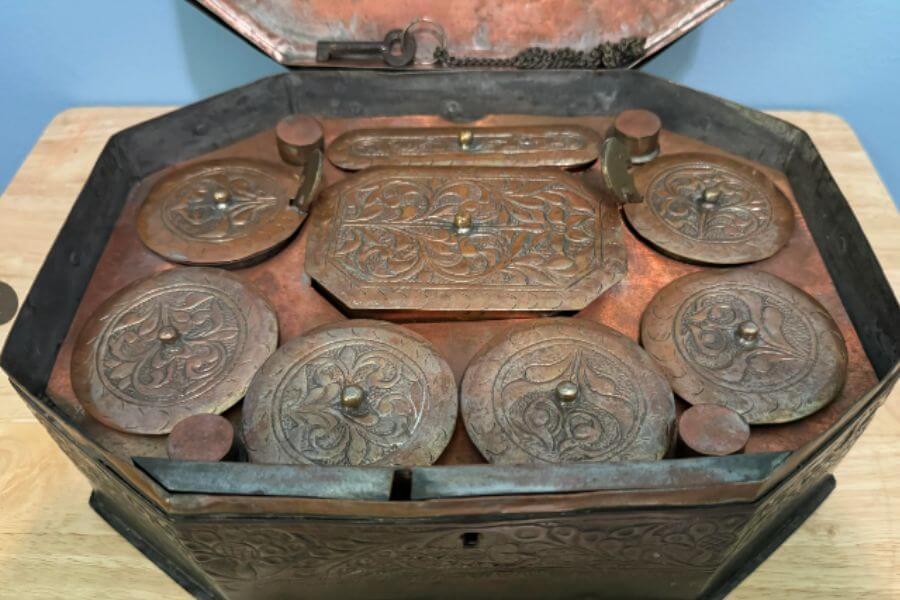
Spice boxes were beautiful, wooden cabinets with tiny drawers, used to organize spices before pre-filled spice racks were a thing.
They kept spices fresh and easy to access, a must-have in kitchens where seasoning was paramount and variety was the spice of life.
Now, spice boxes are decorative pieces, reminders of when kitchens were filled with spice jars rather than factory-sealed tins.
Nutmeg Grater

Nutmeg graters were hand-held tools specifically for grating whole nutmeg, adding fresh spice to dishes back when nutmeg wasn’t pre-ground.
Freshly grated nutmeg was a prized flavor in desserts and drinks, making this tool a must for any serious chef or baker.
Today, it’s rare, since ground nutmeg is readily available, but some purists still appreciate the aromatic punch of freshly grated nutmeg.
Soup Tureen
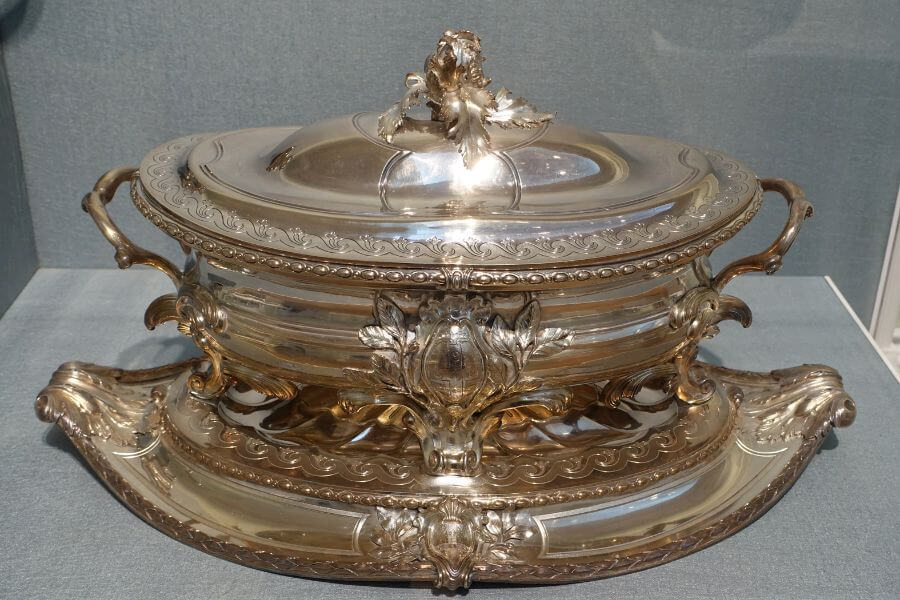
The soup tureen, a large, ornate serving dish, was the centerpiece of formal dining tables, used to serve soup with a touch of elegance.
It often came with matching ladles and fancy lids, adding a bit of theater to dinner service, especially at holiday feasts.
Now, it’s mostly an antique, a reminder of a time when even soup was served with style and flair.
Meat Grinder
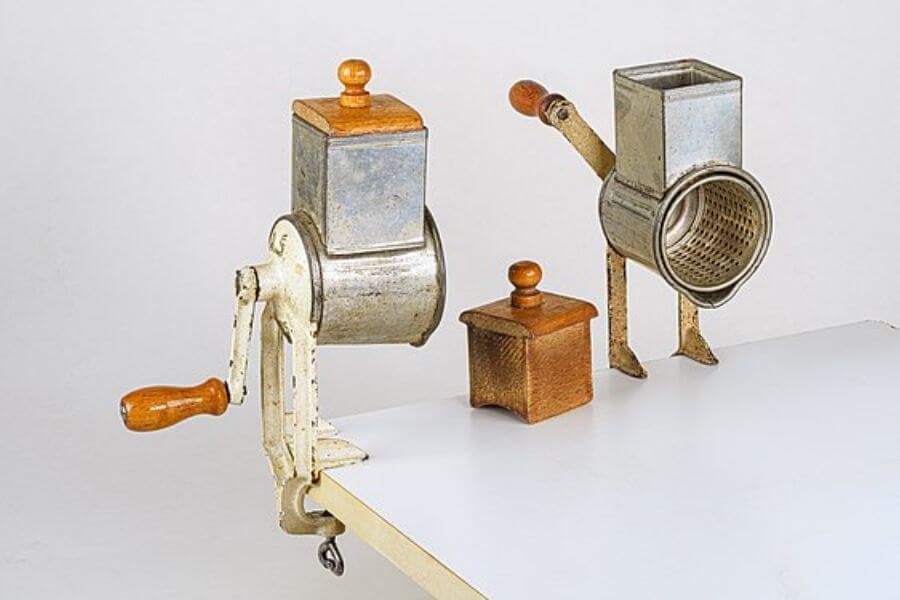
Before pre-packaged ground meat, households used meat grinders to grind their own cuts, a workout and a necessity for DIY butchers.
These hand-cranked devices were a kitchen staple, helping people make burgers, sausages, and other ground meat dishes from scratch.
While we have electric versions now, the old meat grinder remains a nostalgic symbol of self-sufficient cooking.
Wooden Rolling Pin
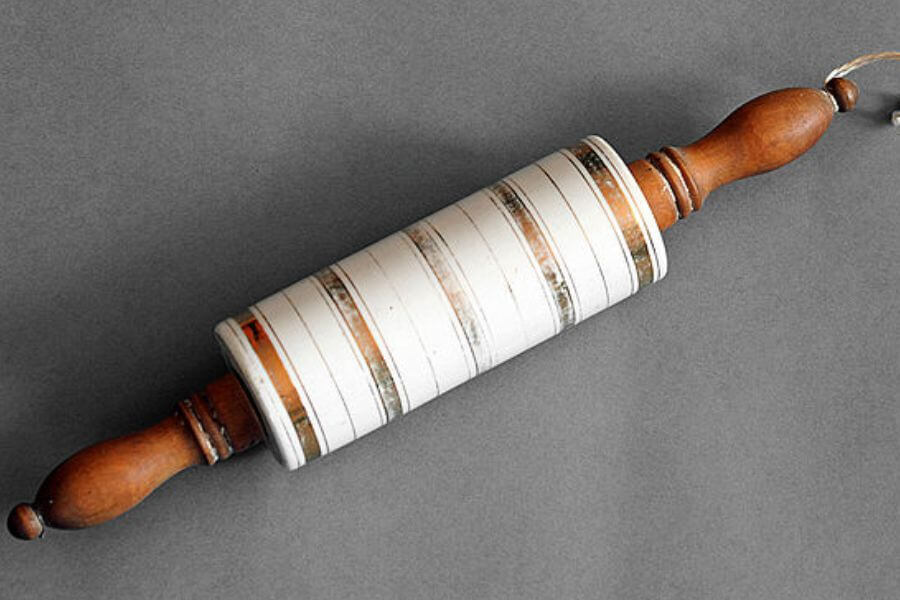
A simple yet essential tool, the wooden rolling pin was the baker’s go-to for flattening dough, its sturdy build perfect for serious baking.
With handles or without, these rolling pins shaped everything from pie crusts to cookies, a trusty standby in every kitchen.
Today, they’re still around, but fancier options exist. However, nothing says “classic baker” like the traditional wooden rolling pin.
Soapstone Griddle
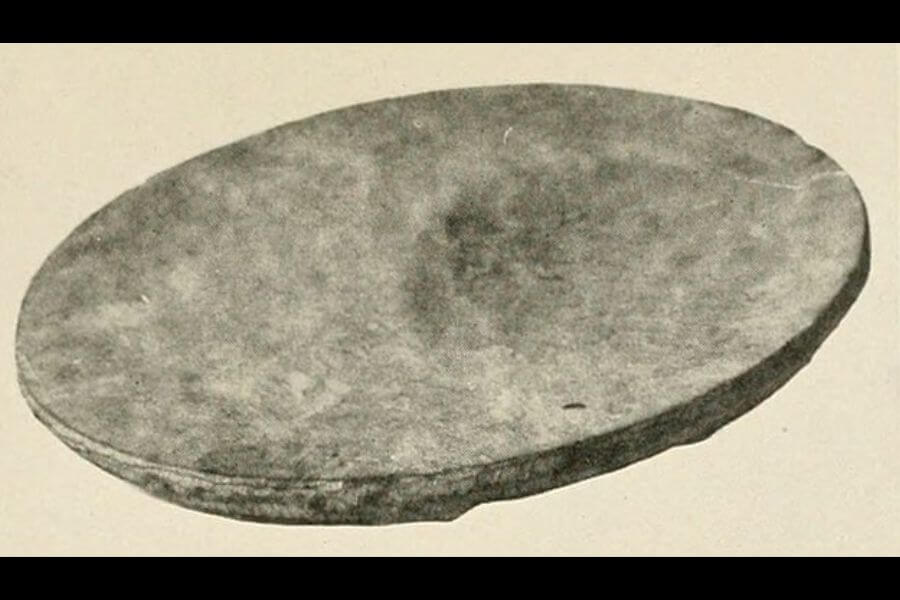
Soapstone griddles were prized for their even heat distribution, making them perfect for pancakes, bacon, or anything needing a big, flat cooking surface.
Their natural non-stick properties made them easy to clean and versatile, ideal for the breakfast enthusiast or fry-up lover.
Now, they’re mostly found in antique stores, a relic from when cooking surfaces were natural and durable.
Candle Snuffer
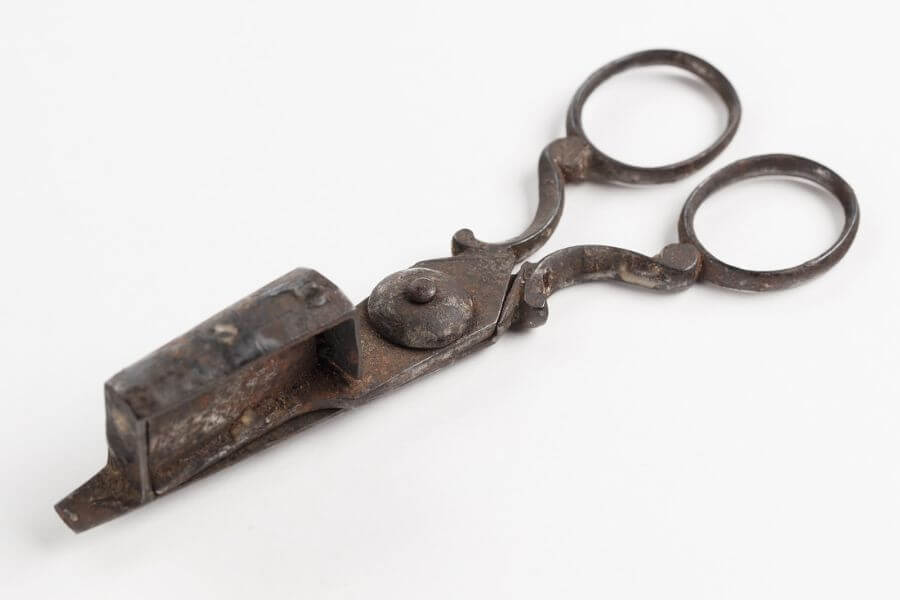
A candle snuffer might seem out of place in a kitchen, but before electric lights, candles were essential, and these tools put out flames without blowing hot wax everywhere.
Snuffers kept candle use safe and tidy, a necessity when kitchens were lit by flickering candlelight and safety wasn’t always guaranteed.
Today, they’re mostly decorative, a small reminder of the challenges of pre-electric kitchen life.
Coffee Grinder
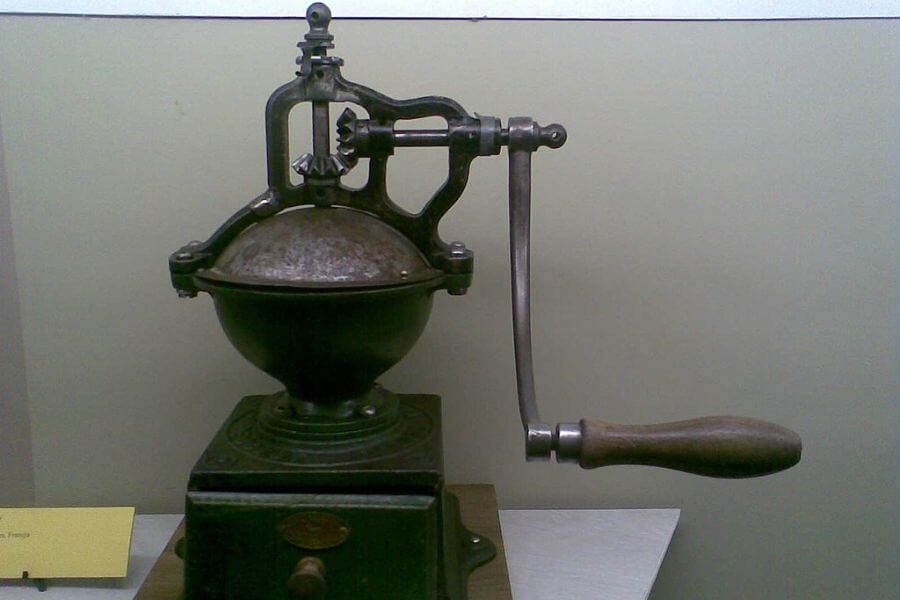
Before pre-ground coffee, people used hand-cranked coffee grinders to prepare fresh grounds, turning breakfast into a bit of an upper-body workout.
The aroma of freshly ground coffee was worth the effort, making these grinders a staple in homes where mornings started with a brew.
Though we have electric grinders now, old coffee grinders are cherished for their charm and the ritual of hand-ground coffee.
Match Striker
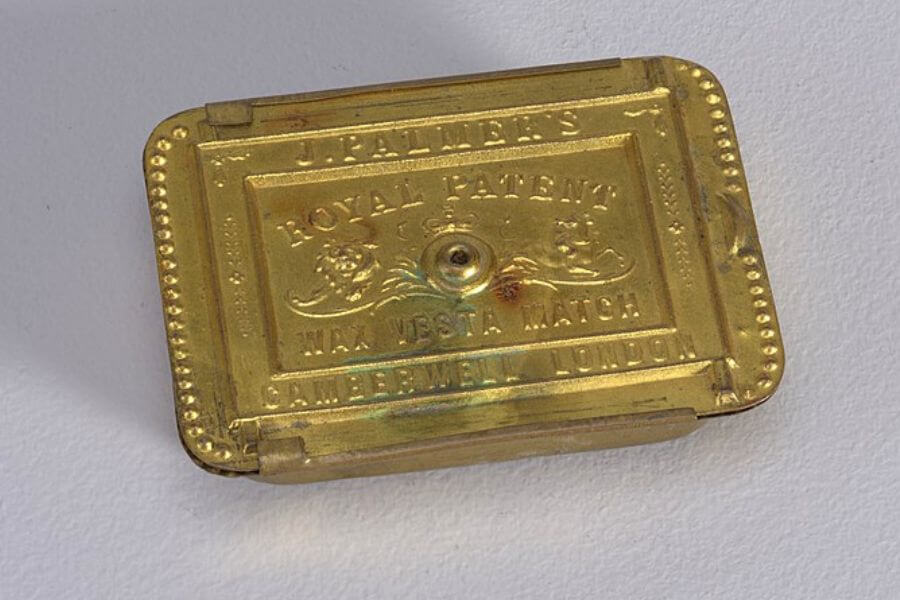
Match strikers, used to light stoves and lamps, were an essential tool in the days before electric starters and lighters took over.
These little holders provided a safe place to strike matches, making kitchen light-up a reliable, if smoky, affair back in the day.
Today, they’re charming decor items, evoking a time when starting dinner was literally a strike away.
Jelly Bag
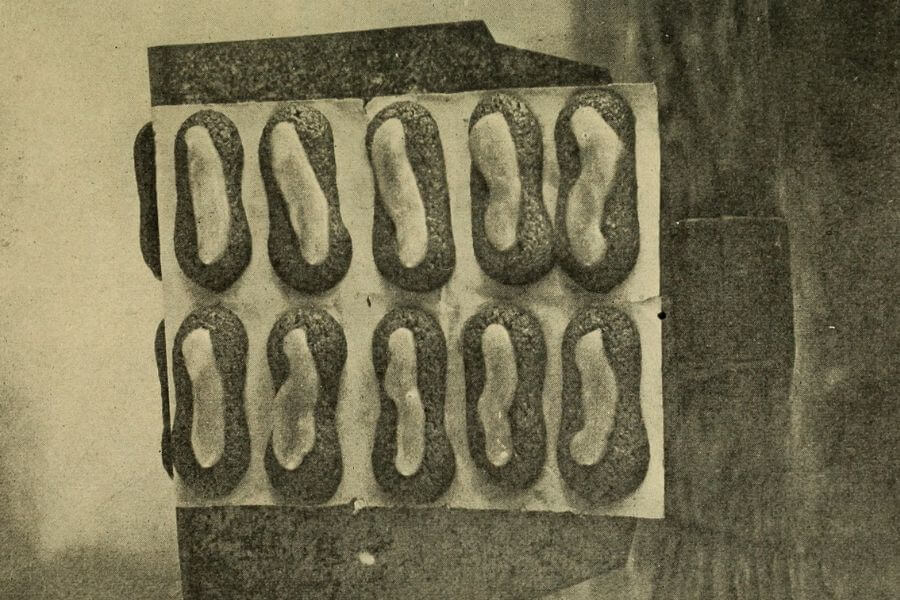
The jelly bag was used to strain fruit juice for jellies and preserves, hanging over bowls to drip slowly for hours, resulting in clear, smooth jelly.
It was a patient process but essential for anyone making jams and jellies, a real test of a cook’s dedication to the art of preserving.
Now, it’s nearly forgotten, as modern strainers and easier recipes have taken over. But it remains a nostalgic emblem of homemade preserves.
Garlic Keeper

Garlic keepers were clay or ceramic pots with small air holes, designed to keep garlic fresh and mold-free—a humble yet vital kitchen item.
They extended garlic’s shelf life, an essential when refrigerators weren’t as accessible, making them a staple in early kitchens.
Nowadays, they’re not as necessary, but they’re still handy and stylish, a nod to traditional storage methods.
Butter Bell
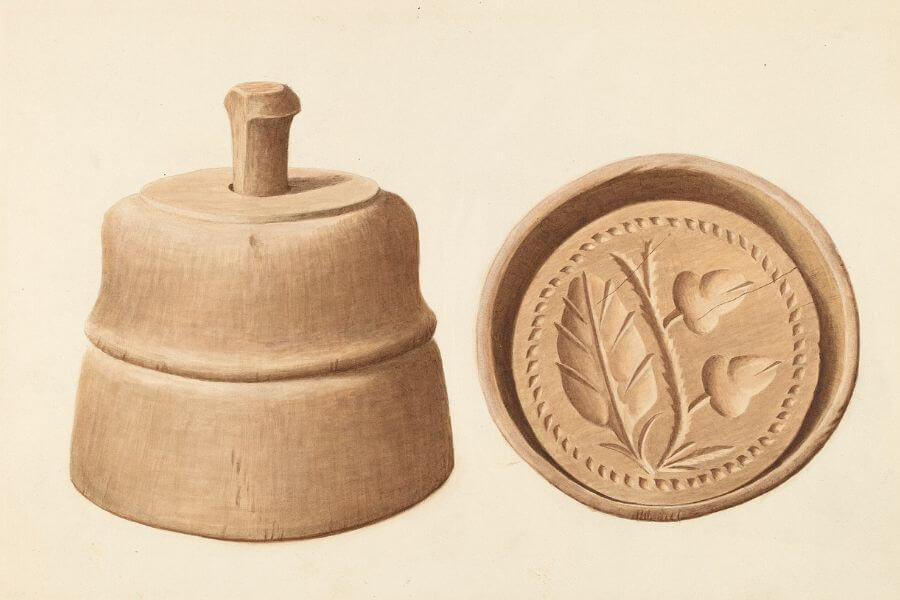
Butter bells kept butter fresh and spreadable at room temperature by using a water seal, essential for kitchens without refrigeration.
This ingenious tool held butter upside down in a water-filled base, keeping it fresh without chilling or going rancid.
Though not common now, butter bells are still adored by those who like their butter old-fashioned and fridge-free.
Spice Mortar
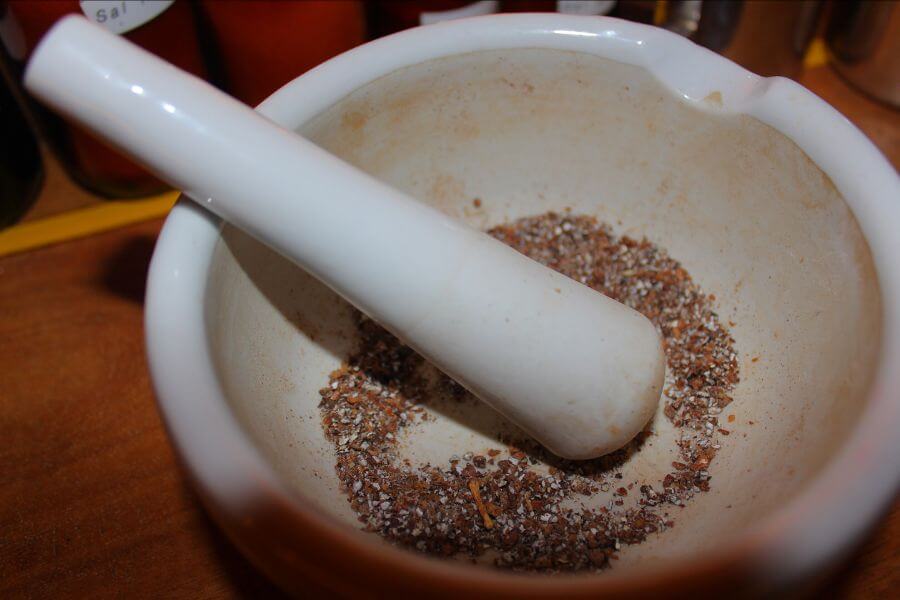
A dedicated spice mortar was a smaller version of the mortar and pestle, ideal for grinding specific spices rather than multi-purpose kitchen grinding.
It allowed cooks to grind tiny amounts of spice with precision, adding a touch of freshness to recipes without wasting ingredients.
Today, spice mortars are rare, a throwback to a time when every spice had a special place in the kitchen.
Scone Cutter
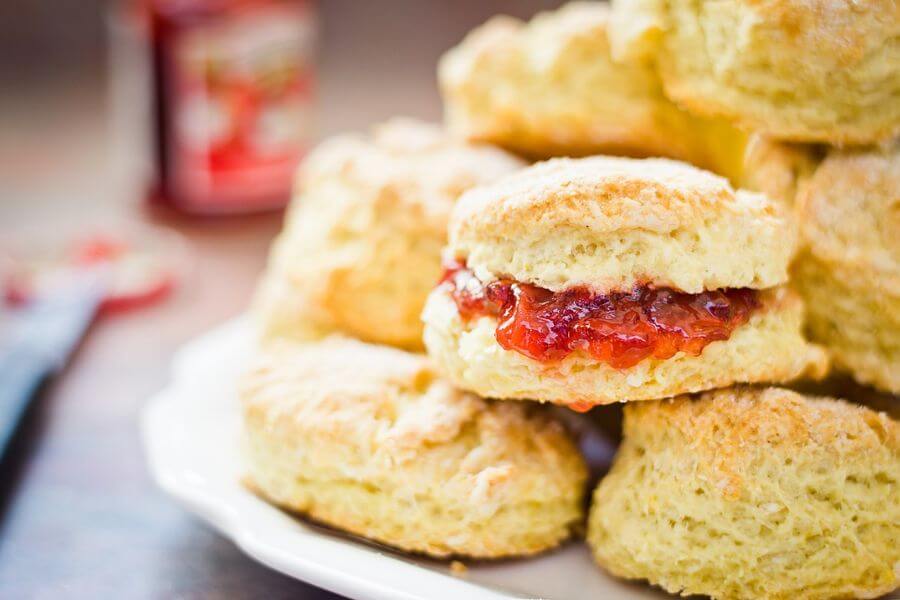
The scone cutter was a specialized cutter, ensuring perfectly round, uniform scones—a staple in British kitchens, where a good scone was always in demand.
It allowed for quick, even cutting, making scone prep less messy and more enjoyable for tea lovers and bakers alike.
Now, it’s a quaint relic, as scones are less of an everyday affair, but it’s still appreciated by those who love their baked goods just so.
Remembering Kitchens of the Past

It’s always interesting to look back at what our grandparents and great-grandparents (and great-great-grandparents) did in the kitchen. It lets us put ourselves in their culinary shoes.
While we still use some of the tools listed here, many of them have gone the way of the dodo. Culinary technology has come a long way.
Now when you’re browsing the tables at an antique store or estate sale, you can show off your knowledge of these vintage kitchen utensils. You’re welcome!




